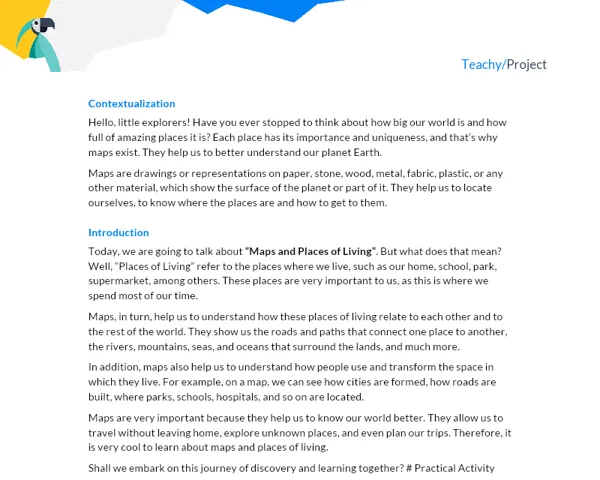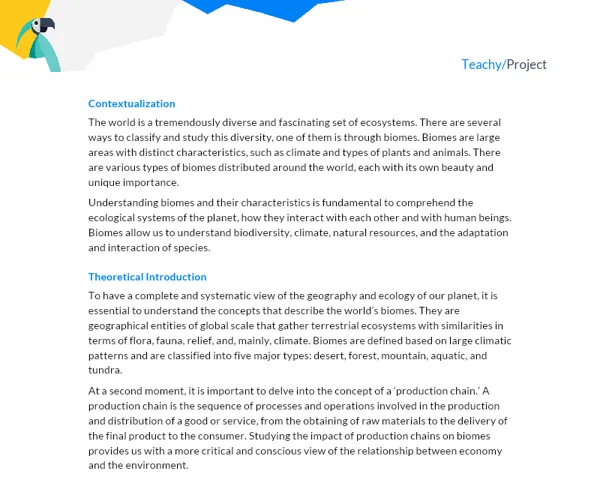Introduction
Geography is a discipline that helps us make sense of the world around us. It studies not only the physical landscape and the natural world but also the actions and interactions of human societies. One of the most fundamental geographical concepts is that of spatial referencing.
Spatial referencing refers to the ways in which we, as humans, make sense of and orient ourselves in space. It involves understanding where we are, where we want to go, and how to get there. Spatial referencing is essential to our ability to navigate the world and perform everyday tasks, like getting to school, visiting friends, or even following a recipe!
Importance
Learning about spatial referencing is critical because it helps us develop spatial thinking skills, which are essential for understanding many other geographical concepts. Furthermore, understanding spatial referencing fosters our orientation and navigation skills, which have applications in many different areas of life, from outdoor exploration to using maps and GPS apps.
In our daily lives, we rely on various spatial references to navigate our surroundings. For instance, we might use landmarks like a tall building or a big tree to help us remember the location of a street, and we often use directions like "north," "south," "east," and "west" to describe the location of places or to give instructions. These are all skills that relate to the concept of spatial referencing.
Practical Application
Spatial referencing finds applications in many practical areas of our lives. When using a map to plan a road trip, for example, we need to understand spatial references in order to plot the best route. Similarly, when following instructions to assemble furniture, we need to understand spatial references to place the pieces in the right spot.
In professional settings, the concepts of spatial referencing can be even more critical. Architects need to know how to design buildings that fit into the available physical space, while bus drivers need to know routes and landmarks to get their passengers to their destinations. All of these tasks require understanding and using spatial references effectively.
Throughout this unit, we will explore various aspects of spatial referencing and how they apply to our everyday lives. We will learn to use maps, compasses, and directional language to orient ourselves in space, and we will explore how spatial referencing connects to other important geographical concepts like landscape and location. Join us on this exciting journey into the world of spatial referencing!
Geo-Adventure Activity
Project Objective
In this activity, students will work in teams to embark on an exciting learning adventure centred around spatial referencing. The goal is for students to explore, identify, and record the presence of various spatial references in their local environment, including landmarks, cardinal directions, and maps. It will enable students to apply their geographical knowledge in an engaging and applicable way.
Project Description
Each team will be given an exciting task of going on an adventure within their neighbourhood to investigate and document spatial references. Teams will work together to identify local landmarks, observe and determine the cardinal directions, and sketch a simple map of their local area. Finally, teams will present their discoveries creatively through either a drawing, a diorama, or an oral presentation.
Materials
- Paper and pencils for drawing the map
- Camera or smartphone for taking pictures (with adult supervision)
- Art and recycled materials for creating presentations (drawing, diorama, etc.)
Step-by-Step Activity
- Form Teams: Group students into teams of 3-5, ensuring a mix of abilities and personalities within each group.
- Project Introduction: Introduce the project to students, referring to the background text provided. Make sure everyone understands the concept of spatial referencing and its importance.
- Adventure Planning: Each group plans its adventure route on a simple map of the local neighbourhood or school grounds. Teams should identify potential landmarks they would like to explore, such as parks, shops, buildings, trees, etc.
- Geo-Adventure: Teams venture out on their adventure, carefully observing their surroundings, taking pictures of identified landmarks, and determining the cardinal directions (north, south, east, west) from their school or location.
- Documenting Findings: Back in the classroom, each group creates a simple map of their local area, plotting the landmarks they identified along with their corresponding cardinal directions. The group should also include their photos from the adventure next to each landmark.
- Presentation Preparation: Each team decides on a way to present their findings to the class. This could be a group drawing, a 3D diorama model, or a short oral presentation, explaining what they learned about spatial referencing.
- Final Presentations: Each team presents its work to the class, sharing their discoveries and what they learned from the spatial referencing adventure. All students should listen attentively to other presentations as they will provide further learning opportunities.
Remember, the aim is for students to have fun while learning about spatial referencing. Encourage collaboration, creativity, and be there to support your students throughout the process. Happy adventuring, geo-explorers!


